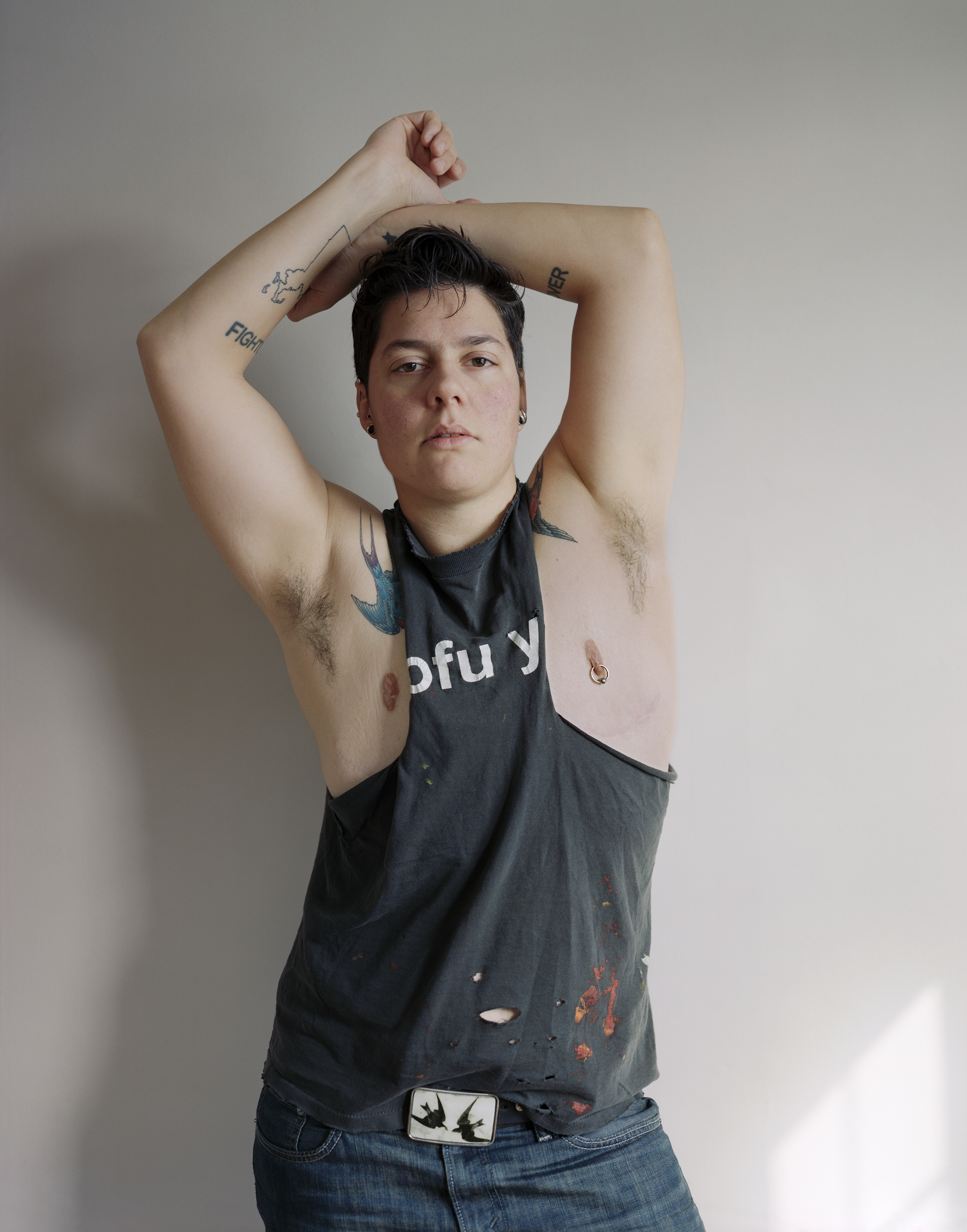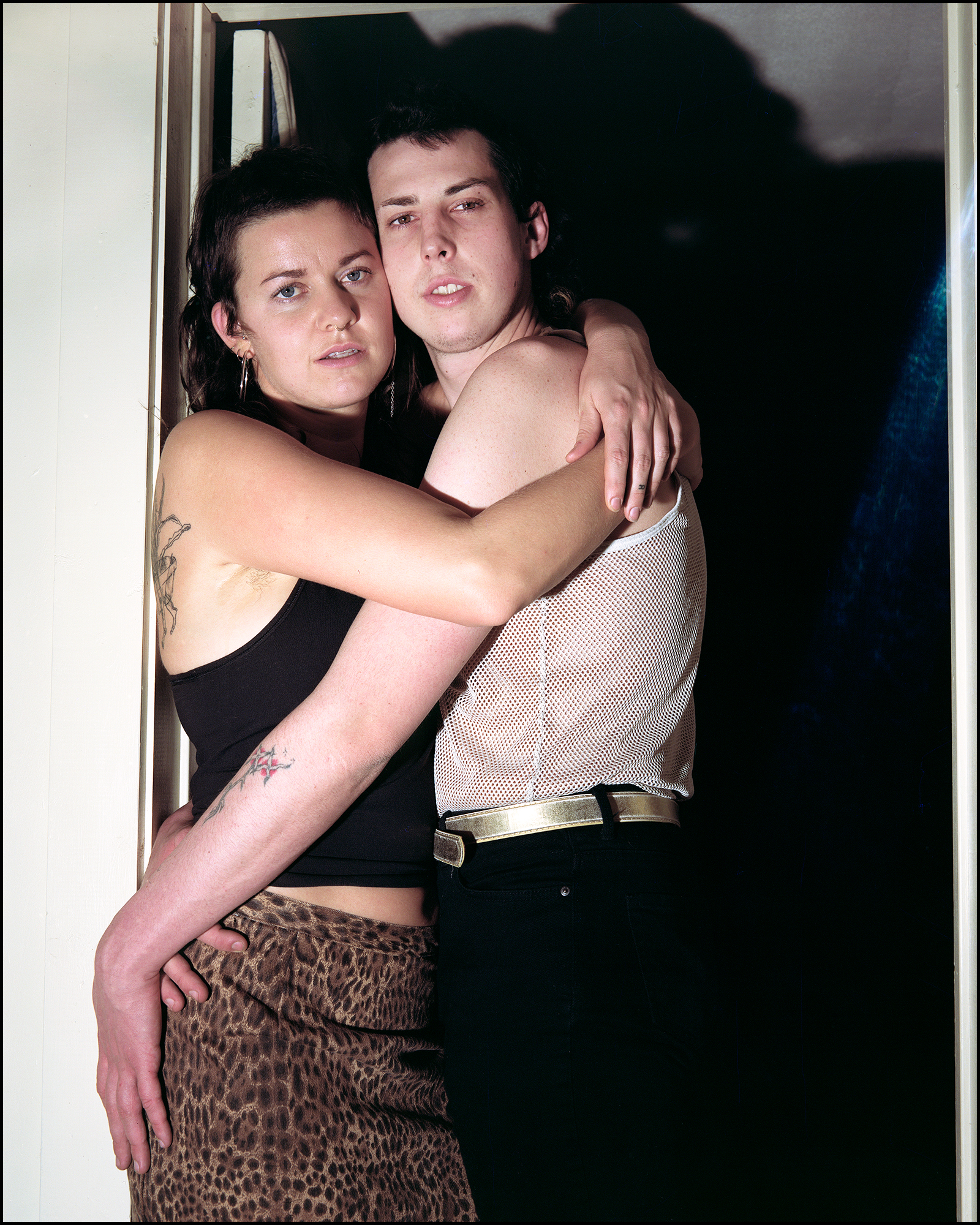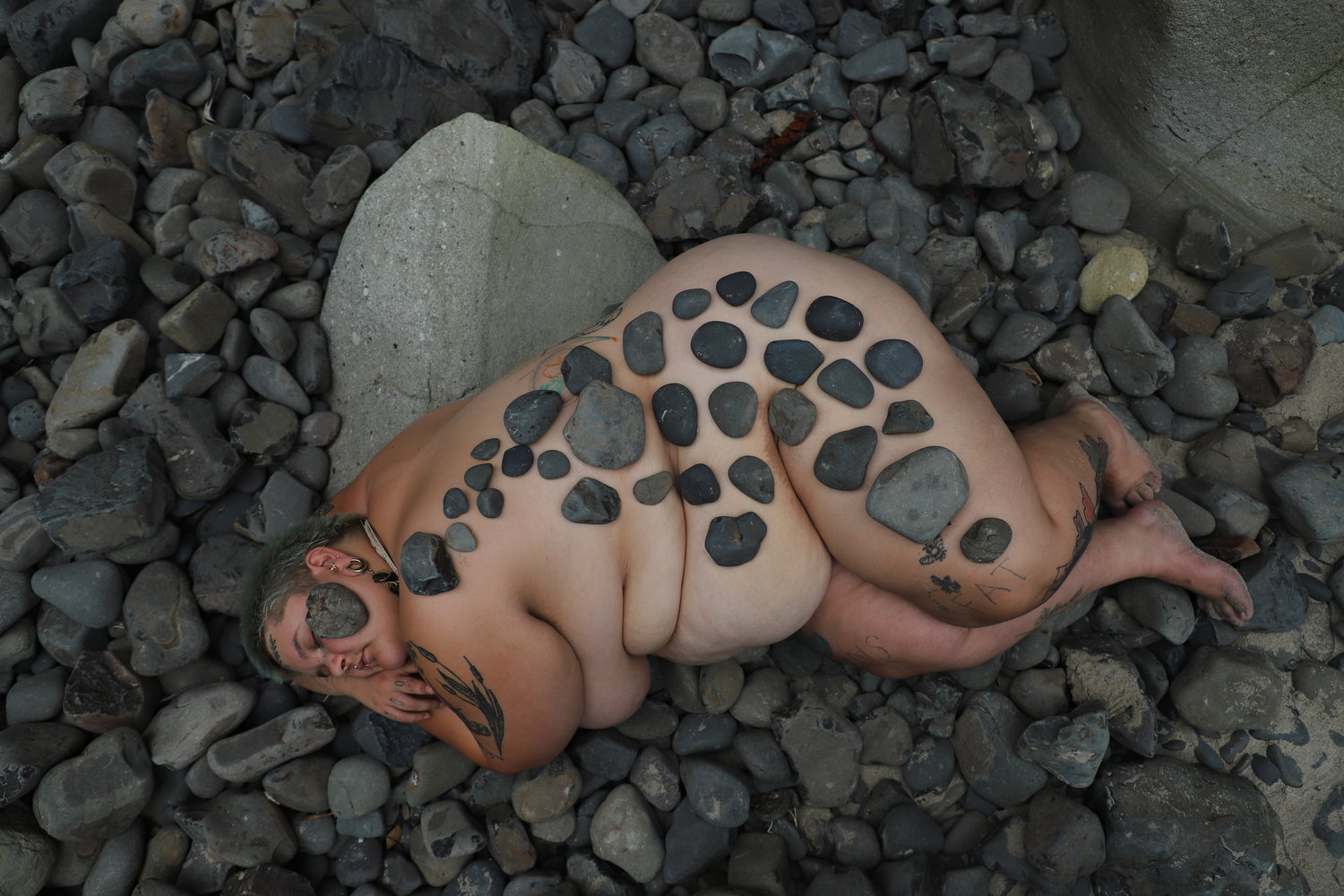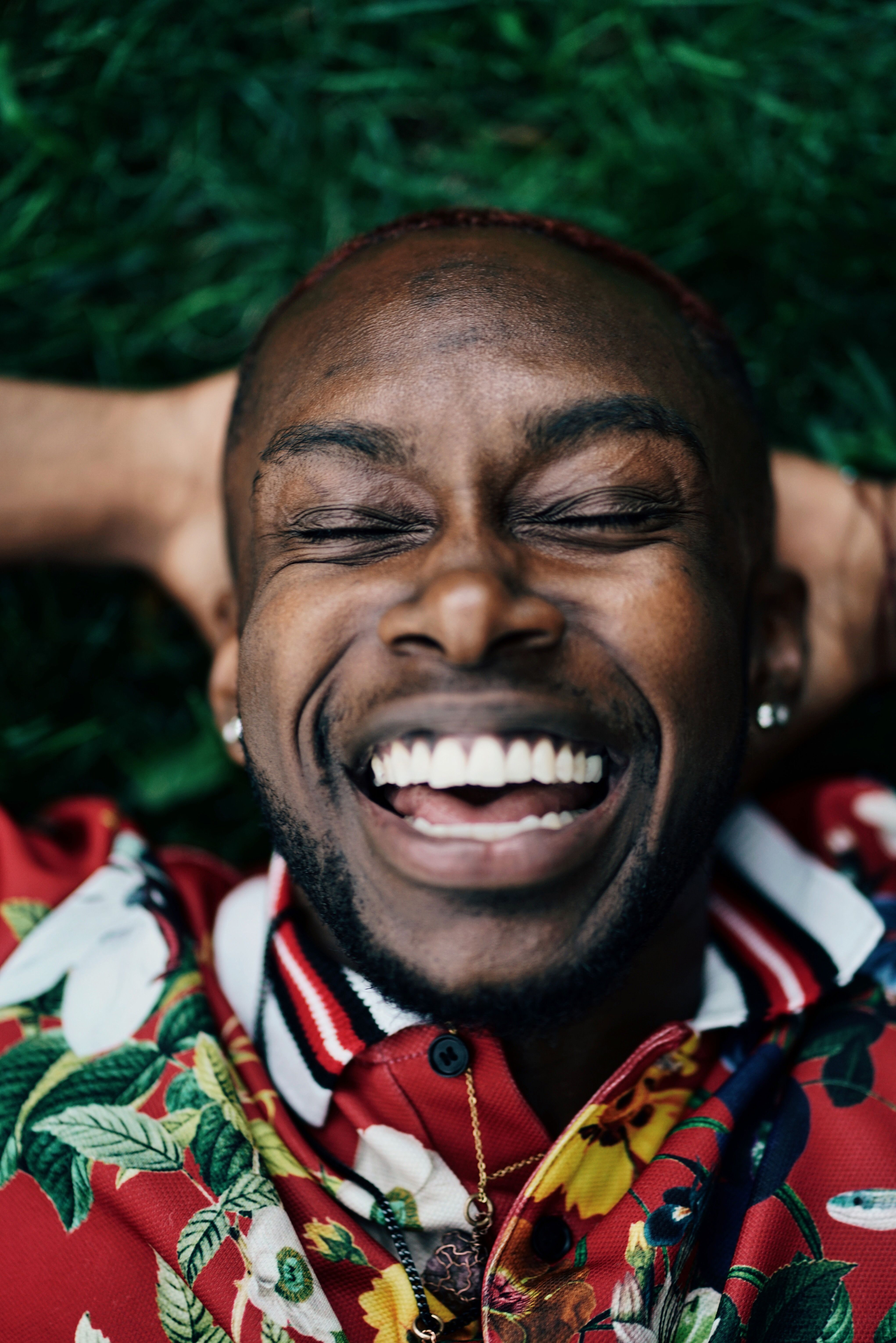NL Central offseason preview: Cards, Cubs, Brewers all need refresh
Keith Law and Jeff Passan explain why the pressure is on the Yankees and Cubs this offseason to improve their rosters. (2:14)
With free agency underway, the offseason is going to pick up steam. What are the big questions facing all 30 teams?
We now turn to the NL Central, where the top three teams have each won the division once in the past three years.

2019 record: 91-71
2020 World Series odds: 20-1
The Cardinals ranked 11th in OPS and 10th in runs scored in the National League in 2019 despite trading for Paul Goldschmidt last offseason. After a good power year in 2018, St. Louis reverted to some of its old ways: They led the league in stolen bases but had the fewest home runs of any playoff team.
Monday through Friday, host Mina Kimes brings you an inside look at the most interesting stories at ESPN, as told by the top reporters and insiders on the planet. Listen
With Marcell Ozuna expected to reject St. Louis’ qualifying offer to become a free agent, the Cardinals can embark on increasing their production at third base and in the outfield. One place they’re bound to get it is with a full season from the dynamic Tommy Edman. His .850 OPS in 92 games led the team as his play teased of what he could become: a four-plus-tool player who can wreak havoc on the opposition. Third base is more murky. Matt Carpenter will turn 34 later this month and transitioning to a super-utility role could be best for the team while it pursues a slugging third baseman. Josh Donaldson, anyone? — Jesse Rogers

2019 record: 89-73
2020 World Series odds: 18-1
The definition of an innings-eater has changed drastically over the years, but whatever your current parameters might be, the Brewers didn’t have one in 2019. There were four teams that didn’t have a single ERA qualifier, including the Brewers. GM David Stearns and manager Craig Counsell have done a remarkable job of piecing together staffs of “out-getters” the past couple of seasons. Their task would be so much simpler with at least three-fifths of a stable rotation, and with bloated September rosters now a thing of the past, there may no longer be another choice.
Free agency is officially underway! These are the storylines you need to know to get through the winter.
Jeff Passan’s 20 big offseason questions
![]() Keith Law’s top 50 free agents
Keith Law’s top 50 free agents
![]() Olney: Where will Strasburg land?
Olney: Where will Strasburg land?
Complete MLB hot stove coverage
One pitcher we know isn’t the answer: Chase Anderson, who finished strong and was second in innings for Milwaukee. He’s gone, having been dealt to Toronto in one of the offseason’s first trades. However, Brandon Woodruff might be ready to become a staff anchor, a pitcher capable of putting up 180-190 above-average frames. Now it’s a matter of augmenting him. Based on Cot’s Contracts payroll projections, Milwaukee should have $40 million to $50 million to spend before reaching last season’s payroll level, plus a modest increase. You figure an increase is warranted as the Brewers look to make the most of the two years left in which they can count on having Christian Yelich around.
The Brewers won’t be a factor in the Gerrit Cole or Stephen Strasburg chases, but they should be in play for any pitchers among the tiers beneath those stars. Milwaukee has other needs — a catcher, an infielder — but the mantra ought to be innings, innings, innings. — Bradford Doolittle

2019 record: 84-78
2020 World Series odds: 14-1
Retooled. Already, they’ve done a coaching and behind-the-scenes purge as they change things up after missing the playoffs for the first time in five years. The Cubs want their team to grow with first-year manager David Ross. He’ll likely do that with several new players as the organization continues to move further and further from its 2016 championship season.
When the Cubs take the field again in March, there may be only a handful of players left from that team, with a star or two likely to move this offseason. Theo Epstein has declared no one is untouchable, a normal sentiment expressed by executives, but one that might ring true for Chicago this winter. — Rogers

2019 record: 75-87
2020 World Series odds: 40-1
The Reds might have been among the unluckiest teams in baseball, winning five fewer games than expected per their run differential, but this is not a roster strong enough to rely on “positive regression.” They’re weak up the middle in every sense, offensively and defensively, and away from their homer-happy home park, their lineup was a feeble 12th in the NL in weighted on-base average (wOBA).
Their core strengths are straightforward: Four strong starting pitchers and some rotation depth behind them. Eugenio Suarez in his prime as an MVP-caliber hitter. And a good pair of young corner outfielders to believe in, Jesse Winker and Aristides Aquino, plus counting on Nick Senzel‘s growth as a hitter. That’s a strong enough group to keep the Reds in games, which is why everything else should be questioned if they want to paint themselves into the playoff picture.
One problem they can’t do much about is Joey Votto‘s decline at the plate — his $107 million due through 2023 will keep him rooted atop the payroll. Cincinnati is stuck hoping that he can bounce back while on the downslope of his 30s. Recognizing there isn’t much help to be found in center available on the market might keep Senzel there, but the right trade for a center fielder could make him a long-term answer for their hole at second. — Christina Kahrl

2019 record: 69-93
2020 World Series odds: 150-1
The Pirates aren’t just in the midst of a rebuild. They’ve seen their attempted retrenchment around players such as Chris Archer and Gregory Polanco blow up in their faces at the same time that their reputation for a well-stocked farm system provided more than a few hiccups. Now the cream of their young pitching talent is injured, shelved and/or overrated, while the lineup lacks its former depth. Belatedly noticing a disaster exacerbated by their cheapness, the owners have fired everybody they could and need to choose a new GM, manager and sense of direction.
Whoever the Pirates hire, more than a few front-office candidates might try to sell the owners on tanking outright, but barring something really depressing — like putting Josh Bell on the block — there isn’t a lot of value to peddle that might radically alter the franchise’s fortunes. Two years of control of Starling Marte would at least find a few takers, while it will be up to the new manager’s new pitching coach to see if they can rehabilitate Archer’s performance and value.
Whoever winds up calling the shots, salvaging Archer, seeing if Kevin Newman can cut it at shortstop and enjoying Bell’s bashing might be the best-case scenario for Bucs fans in 2020. — Kahrl














